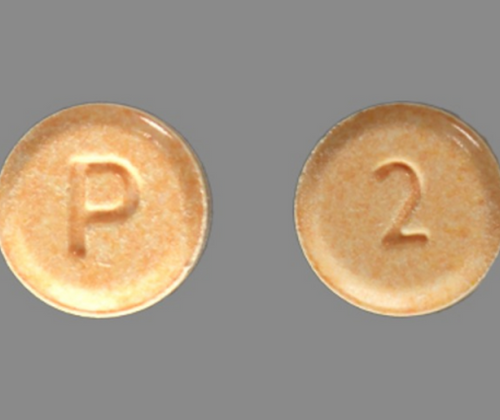Choosing recovery close to home means your support system is just a few miles away.
- 100% Confidential
- Available 24/7
- No Pressure to Commit
- Multiple Financial Options Available
Choosing recovery close to home means your support system is just a few miles away.

Sounds Like: die.LAW.did
Classification: Opioid analgesic
Controlled Substance Act Schedule: II
Other names for Dilaudid

Dilaudid is a brand-name opioid prescribed for moderate-to-severe pain. It contains the active ingredient hydromorphone, which belongs to the class of drugs known as opioid antagonists. Dilaudid works by changing the way the body responds to and feels pain.
Dilaudid is often used to treat pain that isn’t controlled by other treatments. It’s prescribed to people who need around-the-clock pain management.
Like all controlled substances, particularly opioids, Dilaudid has a high risk for addiction. People who take Dilaudid not only experience pain relief but feelings of pleasure and happiness that can become habit-forming. Using Dilaudid recreationally or outside of what’s prescribed can cause a person to develop a tolerance to its side effects. As a result, their mind and body adjust to its presence, which is a sign of dependence.
People whose minds and bodies depend on opioids experience uncomfortable withdrawal symptoms when they attempt to quit taking the drug. Therefore, they might continue to take Dilaudid or other opioids to make their withdrawal symptoms go away. In that case, addiction treatment services like residential treatment or intensive outpatient are levels of care that can help people cope with opioid use disorder.
Need help with Dilaudid or another drug addiction?
Call Landmark Recovery and speak with an admission specialist today.
Call NowWe're available 24/7 to help you find Recovery
Dilaudid was introduced to the mass market in 1926. It’s prescribed for moderate-to-severe pain. Its effects usually last up to six hours. Long-term use of Dilaudid is only recommended for treating breakthrough pain in cancer patients.
Dilaudid can be taken by mouth or injection. One adult dose includes one tablet ranging from 2-to-4 milligrams taken once daily for long-acting pain management. Doctors recommend taking a range of the liquid solution that equals one-half (2.5 mL) to two teaspoonsful (10 mL) or 2.5 mg to 10 mg every three to six hours as needed for pain.

If any of these side effects become severe, immediately call a doctor.
Uncontrolled cravings for Dilaudid
Unsuccessful attempts to stop using the opioid pain reliever
Prioritizing use of Dilaudid over spending time with family or friends
Legal or financial problems
Use of Dilaudid despite adverse or negative behaviors
Physical, flu-like withdrawal symptoms
Lying to doctors or therapists to get more Dilaudid
Stealing items or money to purchase Dilaudid
In 2009, Ohio approved the use of a 500-milligram injection of hydromorphone, the generic name for Dilaudid, in combination with other drugs as a backup for executions
The street price for Dilaudid ranges from $5 to $100 per 4-milligram tablet
More than three million prescriptions of hydromorphone (generic Dilaudid) were sold to patients in 2017